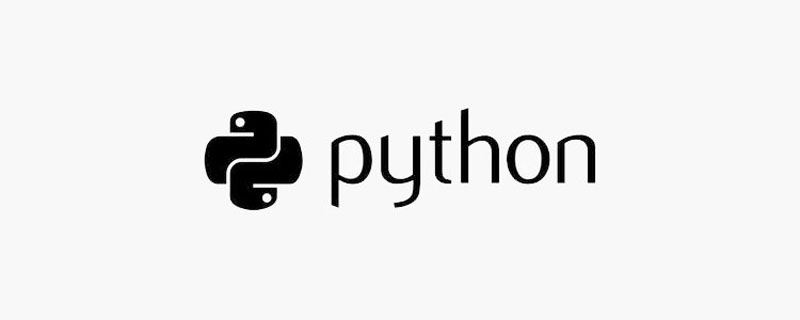您好,登錄后才能下訂單哦!
您好,登錄后才能下訂單哦!
這篇文章將為大家詳細講解有關python判斷值是哪種數據類型的方法,小編覺得挺實用的,因此分享給大家做個參考,希望大家閱讀完這篇文章后可以有所收獲。
python判斷值的類型的方法是:1、利用type庫結合python內置的type函數判斷值的數據類型;2、使用python內置函數isinstance判斷值的數據類型。

import types type(x) is types.IntType # 判斷是否int 類型 type(x) is types.StringType #是否string類型
超級惡心的模式,不用記住types.StringType
import types
type(x) == types(1) # 判斷是否int 類型
type(x) == type('a') #是否string類型使用內嵌函數:
isinstance ( object, classinfo )
Return true if the object argument is an instance of the classinfo argument, or of a (direct or indirect) subclass thereof. Also return true if classinfo is a type object and object is an object of that type. If object is not a class instance or an object of the given type, the function always returns false. If classinfo is neither a class object nor a type object, it may be a tuple of class or type objects, or may recursively contain other such tuples (other sequence types are not accepted). If classinfo is not a class, type, or tuple of classes, types, and such tuples, a TypeError exception is raised. Changed in version 2.2: Support for a tuple of type information was added.
Python可以得到一個對象的類型 ,利用type函數:
>>>lst = [1, 2, 3] >>>type(lst) <type 'list'>
不僅如此,還可以利用isinstance函數,來判斷一個對象是否是一個已知的類型。
isinstance說明如下:
isinstance(object, class-or-type-or-tuple) -> bool Return whether an object is an instance of a class or of a subclass thereof. With a type as second argument, return whether that is the object's type. The form using a tuple, isinstance(x, (A, B, ...)), is a shortcut for isinstance(x, A) or isinstance(x, B) or ... (etc.).
其第一個參數為對象,第二個為類型名或類型名的一個列表。其返回值為布爾型。若對象的類型與參數二的類型相同則返回True。若參數二為一個元組,則若對象類型與元組中類型名之一相同即返回True。
>>>isinstance(lst, list) Trueisinstance(lst, (int, str, list)) True >>>isinstance(lst, (int, str, list)) True
關于python判斷值是哪種數據類型的方法就分享到這里了,希望以上內容可以對大家有一定的幫助,可以學到更多知識。如果覺得文章不錯,可以把它分享出去讓更多的人看到。
免責聲明:本站發布的內容(圖片、視頻和文字)以原創、轉載和分享為主,文章觀點不代表本網站立場,如果涉及侵權請聯系站長郵箱:is@yisu.com進行舉報,并提供相關證據,一經查實,將立刻刪除涉嫌侵權內容。